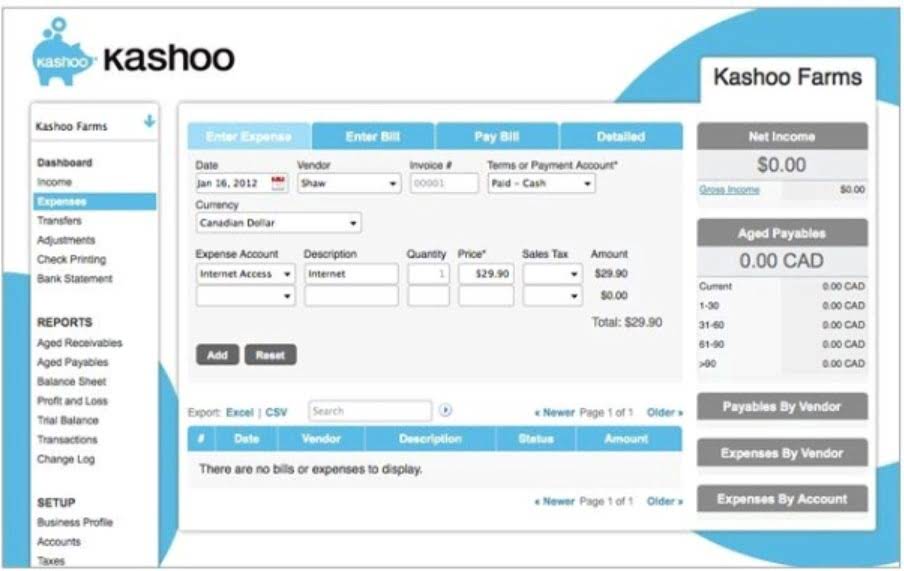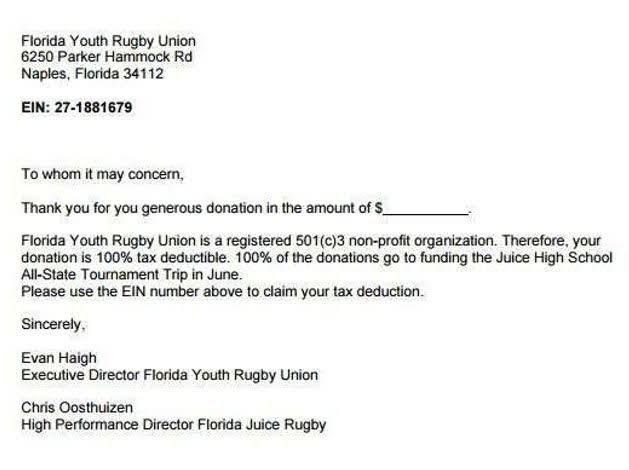Last In, First Out LIFO: The Inventory Cost Method Explained

Although a business’s real income and profits are the same, using FIFO or LIFO will result in different reported net income and profits. The average cost method produces results that fall somewhere between FIFO and LIFO. Do lifo formula you routinely analyze your companies, but don’t look at how they account for their inventory? For many companies, inventory represents a large, if not the largest, portion of their assets. Therefore, it is important that serious investors understand how to assess the inventory line item when comparing companies across industries or in their own portfolios. Although using the LIFO method will cut into his profit, it also means that Lee will get a tax break.
- If accounting for sales and purchase is kept separate from accounting for inventory, the measurement of inventory need only be calculated once at the period end.
- This reduces excess stock, storage costs, and inventory carrying costs, freeing up cash flow.
- In periods of rising prices, constant increases in costs can create a credit balance in the LIFO reserve, which results in reduced inventory costs when reported on the balance sheet.
- The particularity of the LIFO method is that it takes into account the price of the last acquired items whenever you sell stock.
- However, specific identification requires meticulous record-keeping and advanced inventory management systems to monitor each item’s lifecycle.
- There are a number of ways you can value your inventory, and choosing the best inventory valuation method for your business depends on a variety of factors.
Understanding the inventory formula
Through the software, we get real-time insight into how much inventory to allocate to a specific warehouse, our current on-hand inventory levels, and how long each SKU is going to last by location. ShipBob provides a lot of distribution metrics, and everything presented is useful. With this level of visibility, you can optimize inventory levels to keep carrying costs at a minimum while avoiding stockouts. Additionally, it ensures that you are more likely to use the actual price you paid for the goods in your income statements, making the calculations more accurate https://www.bookstime.com/ and simple, and record-keeping much easier. Suppose a coffee mug brand buys 100 mugs from their supplier for $5 apiece. A few weeks later, they buy a second batch of 100 mugs, this time for $8 apiece.
Different Types of Demand Forecasting: Methods and Examples

Under FIFO, the oldest, often cheaper, inventory is used first to calculate COGS. In times of inflation, this results in lower COGS, leading to higher gross profit and net income. On the balance sheet, inventory valuation reflects the cost of more recent purchases, meaning the value of the remaining inventory is higher, especially during inflationary periods.

LIFO, Inflation, and Net Income
- It is the amount by which a company’s taxable income has been deferred by using the LIFO method.
- This method is often considered intuitive, especially for businesses dealing with perishable goods.
- Also, through matching lower cost inventory with revenue, the FIFO method can minimize a business’ tax liability when prices are declining.
- FIFO is generally simpler to manage and complies with both GAAP and IFRS, making it a safer choice for international businesses.
- FIFO is also the most accurate method for reflecting the actual flow of inventory for most businesses.
- Under LIFO, lower reported income makes the business look less successful on paper, but it also has a lower tax liability.
These costs are higher than the firstly produced and acquired inventory. Higher costs may result in lower taxes with LIFO but it also shows the difference between the two LIFO and FIFO that FIFO represents accurate profits as the older inventory tells actual cost. Using FIFO could show the company’s natural profitability which if it may be high then it would attract the shareholders to invest in that company. FIFO uses the First in First out method where the items made or purchased first are sold out which is why it is easy and convenient to follow and implement for companies and businesses. Businesses usually sell off the oldest items left in the inventory as they might become obsolete if not sold further. So FIFO follows the same way of going with the natural flow of inventory.
- Learn more about what FIFO is and how it’s used to decide which inventory valuation methods are the right fit for your business.
- The cost of goods sold for 40 of the items is $10 and the entire first order of 100 units has been fully sold.
- It presents a more accurate picture of the actual cost of goods sold, helping businesses manage profits and taxes more effectively.
- The costs of buying lamps for his inventory went up dramatically during the fall, as demonstrated under ‘price paid’ per lamp in November and December.
- It’s only permitted in the United States and assumes that the most recent items placed into your inventory are the first items sold.
- ShipBob’s ecommerce fulfillment solutions are designed to make inventory management easier for fast-growing DTC and B2B brands.
- With real-time, location-specific inventory visibility, intelligent cycle counts, and built-in checks and balances, your team can improve inventory accuracy without sacrificing operational efficiency.
- Considering that deflation is the item’s price decrease through time, you will see a smaller COGS with the LIFO method.
- By adopting each inventory management technique, businesses can streamline operations, reduce costs, and improve customer service, leading to long-term success and growth.
- Sal’s Sunglasses is a sunglass retailer preparing to calculate the cost of goods sold for the previous year.
FIFO and LIFO produce a different cost per unit sold, and the difference impacts both the balance sheet (inventory account) and the income statement (cost of goods sold). To calculate FIFO, multiply the amount of units sold by the cost of your oldest inventory. If the number of units sold exceeds the number of oldest inventory items, move on to the next oldest inventory and multiply the excess amount by that cost. As stated, one of the benefits of the LIFO reserve is to allow investors and analysts to compare companies that use different accounting methods, equally. The most important benefit is that it allows a comparison between LIFO and FIFO and the ability to understand any differences, including how taxes might be impacted.

Cost of Goods Sold, or COGS, is the amount of money a business pays to produce the number of goods sold in a given period. The products that are left in the warehouse are called remaining inventory. Companies with perishable goods or items heavily subject to obsolescence are more likely to use LIFO. Logistically, that grocery store is more likely to try to sell slightly older bananas as opposed to the most recently delivered.


While the LIFO method may lower profits for your business, it can also minimize your taxable income. As long as your inventory costs increase over time, you can enjoy substantial tax savings. Companies have their choice between several different accounting inventory methods, though there are restrictions regarding IFRS. Companies that opt for the LIFO method sell the most recent inventory times which usually cost unearned revenue more to obtain or manufacture, while the FIFO method results in a lower cost of goods sold and higher inventory. A company’s taxable income, net income, and balance sheet balances will all vary based on the inventory method selected. The first in, first out (FIFO) cost method assumes that the oldest inventory items are sold first, while the last in, first out method (LIFO) states that the newest items are sold first.

Discussion — No responses